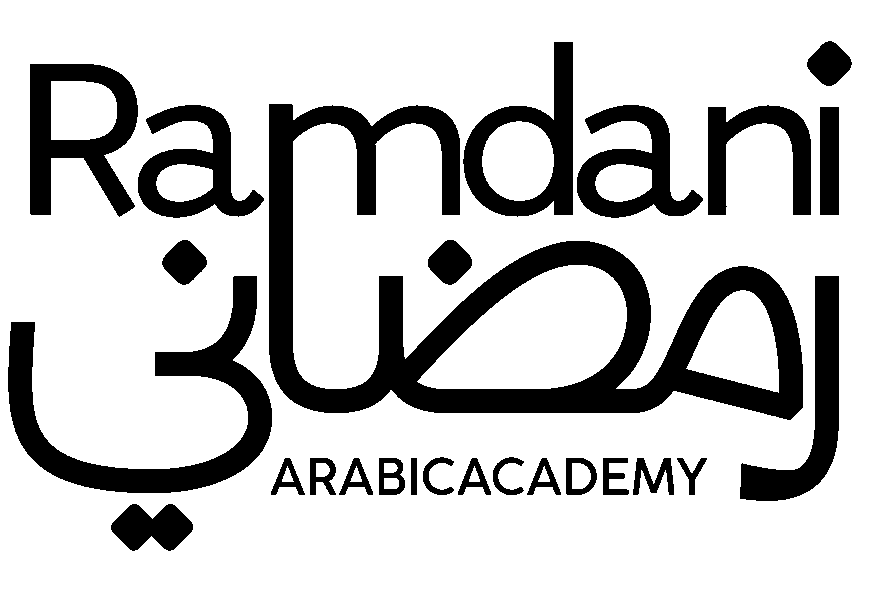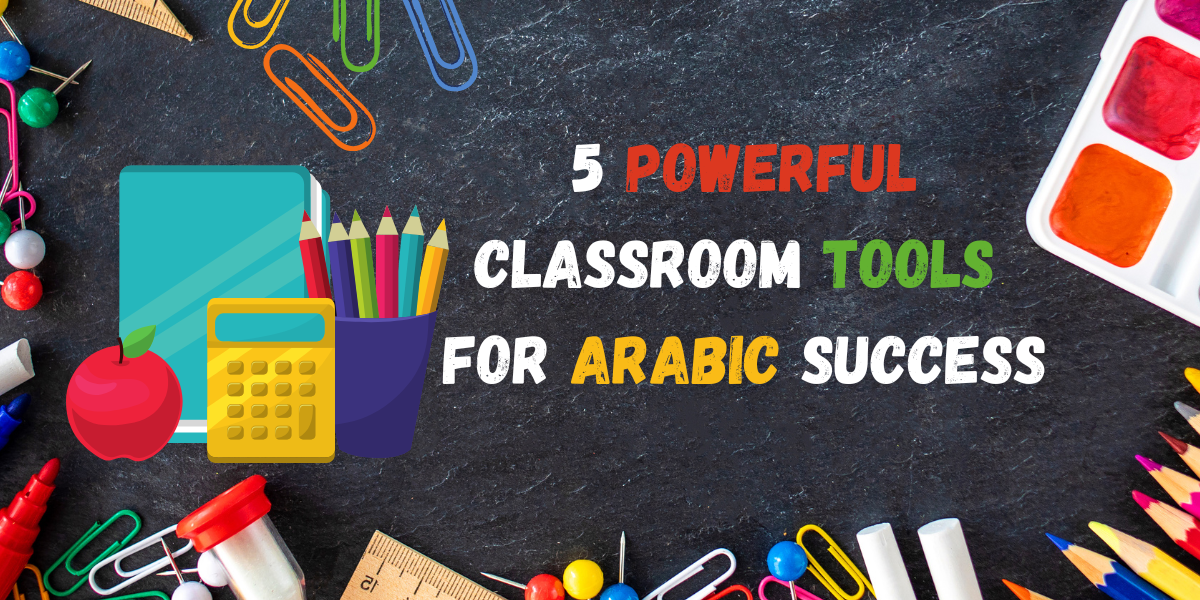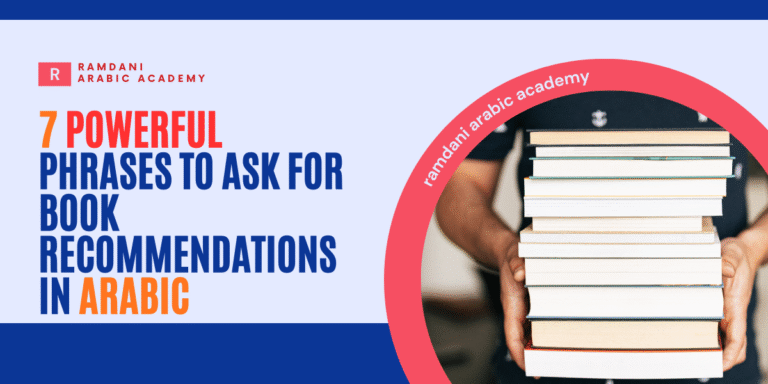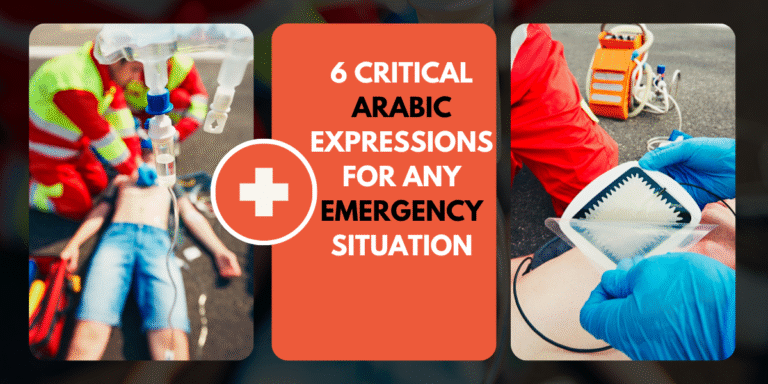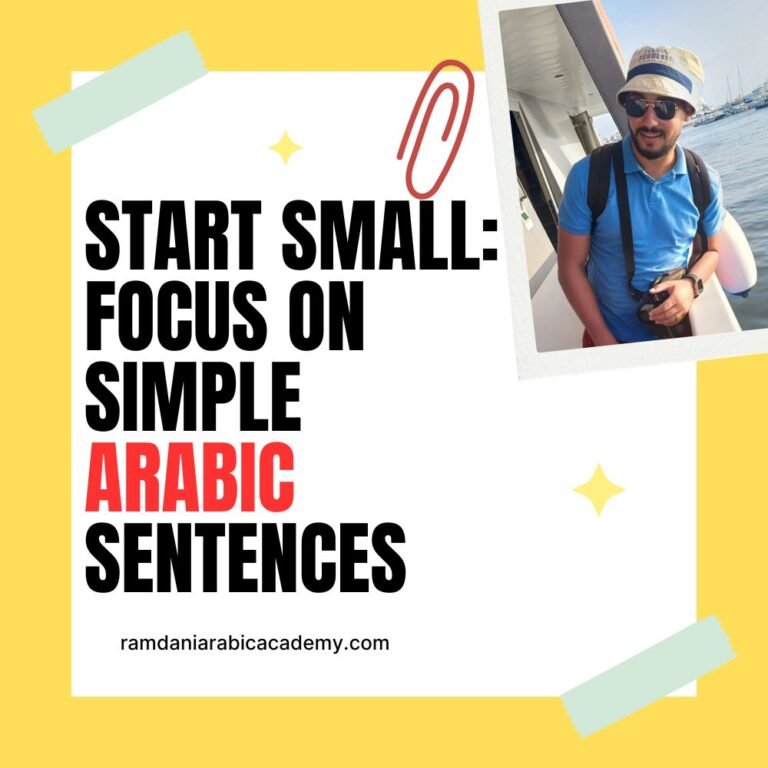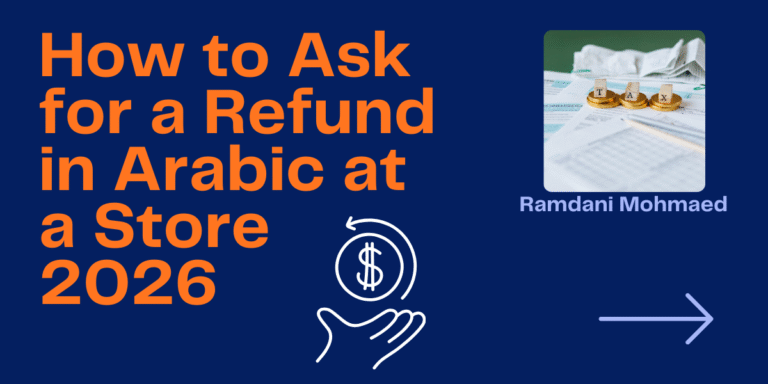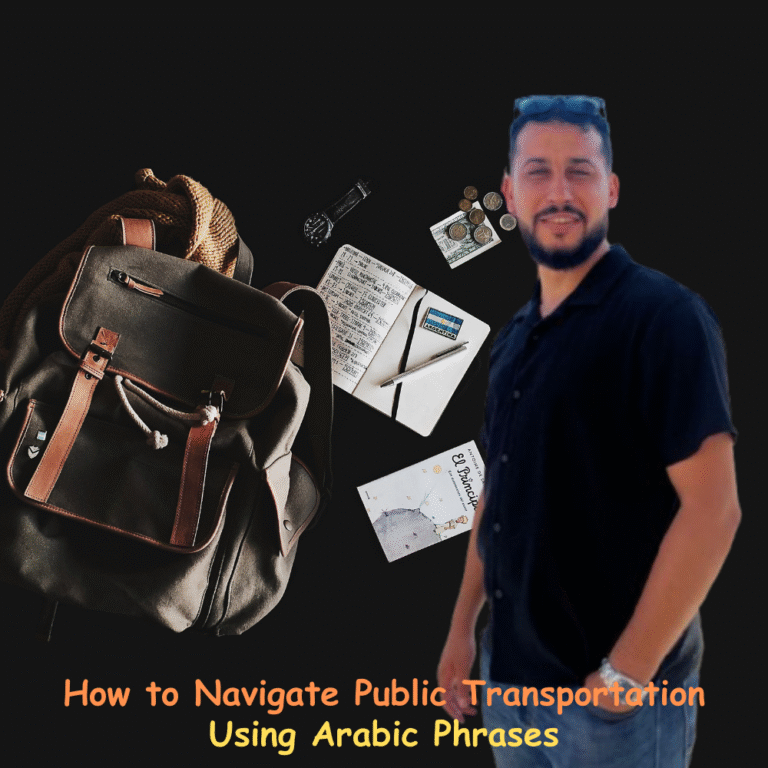5 Powerful Classroom Tools for Arabic Success
Learning Arabic has changed. Traditional classrooms once relied only on books and blackboards. Today, technology and modern teaching methods make learning Arabic easier and more effective. Still, the tools you use in the classroom can decide how well students learn and how much they stay motivated.
When we talk about classroom tools in Arabic, we mean everything that helps teachers explain lessons and students understand them. Tools are not just physical objects like pens or whiteboards. They include digital tools, mobile apps, and online platforms. Each plays a role in helping learners connect with the Arabic language in a deeper and more practical way.
Arabic is one of the most spoken languages in the world. It has rich grammar, deep vocabulary, and a strong link to culture and history. That makes learning it both rewarding and challenging. Many learners struggle with pronunciation, writing, or understanding complex grammar. The right classroom tools can simplify these problems. They give structure, guidance, and context.
In a modern Arabic classroom, teachers use tools that match different learning styles. Some students learn better through visuals, others through listening or repetition. For example, a digital whiteboard helps teachers write Arabic letters clearly, while audio apps help students hear how words sound in real speech. Flashcards, online dictionaries, and grammar apps also help learners practice daily.
Technology has created a new learning environment for Arabic students around the world. A student in Indonesia can now study Arabic with a teacher in Egypt or Morocco. Online tools make this possible. Websites, video lessons, and interactive exercises help students practice reading, writing, and speaking without leaving home. But even in physical classrooms, tools like projectors and smartboards make lessons more engaging and interactive.
Still, not every tool fits every student. The best classrooms use a mix of traditional and modern methods. Writing Arabic letters by hand, for example, builds memory and motor skills. Reading printed Arabic texts improves focus. At the same time, online resources allow instant access to modern vocabulary, videos, and news in Arabic. Together, these tools create a balanced approach to learning.
Teachers play a key role in choosing the right tools. A good Arabic teacher knows when to use a digital app and when to use a simple board and marker. The goal is not to use every new tool, but to use the right one for each learning goal. This balance builds confidence in students and makes learning Arabic an active process, not a passive one.
At Ramdani Arabic Academy, we believe tools should serve learning, not replace it. Our lessons combine technology with deep understanding of the Arabic language. We use online resources, interactive quizzes, and live sessions to give students practical experience. But we also keep the personal touch that every learner needs. Learning Arabic is not only about memorizing rules—it is about understanding the culture, thinking in the language, and using it confidently in daily life.
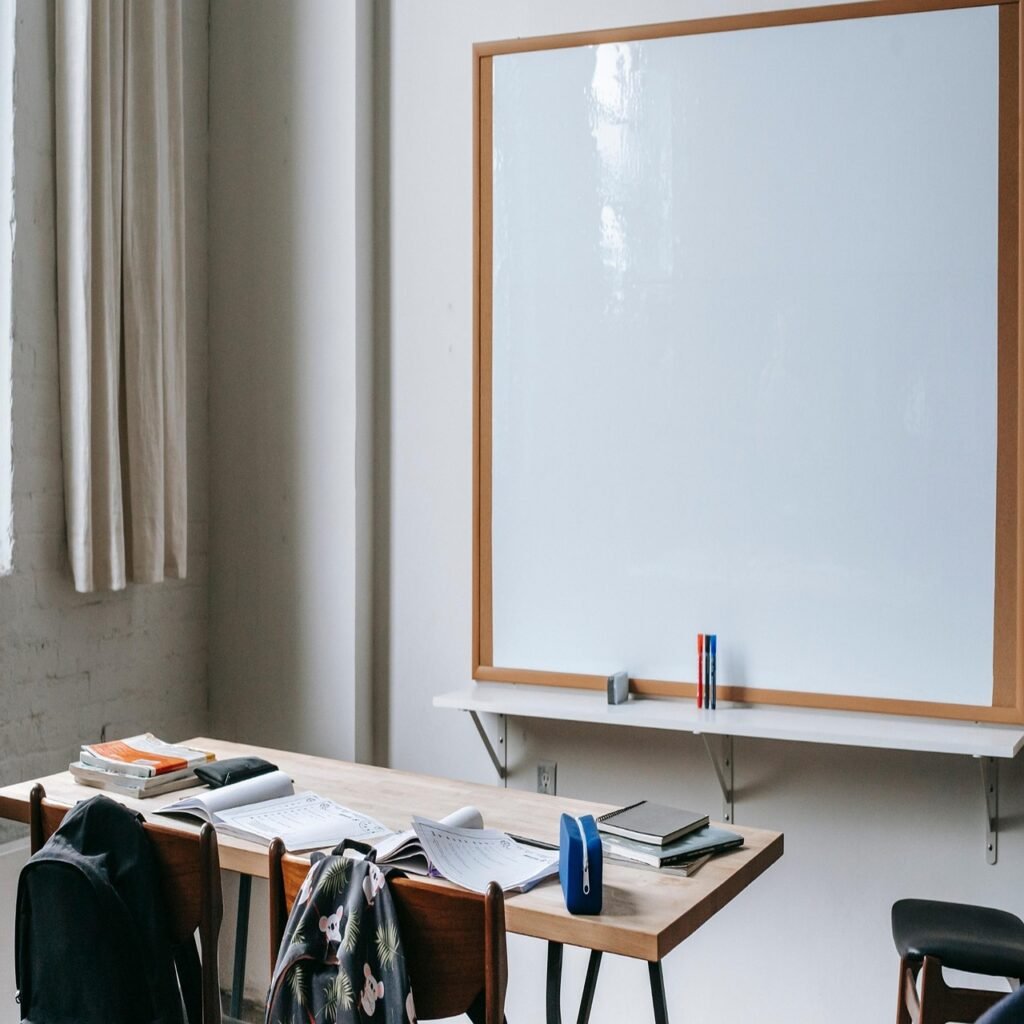
This article will explore the most useful classroom tools for Arabic learners. You will see how they work, when to use them, and what benefits they bring to teachers and students. Whether you are a beginner or an advanced learner, the right tools can change the way you study Arabic. They can make your journey clearer, faster, and more enjoyable.
Classroom tools for Arabic learning can be divided into three main groups. Physical tools, digital tools, and interactive resources. Each group supports different learning goals and skills.
1. Physical tools
Physical tools still play a central role in Arabic classrooms. Even with new technology, the basics remain useful.
- Whiteboard and markers
The whiteboard helps teachers explain grammar, write examples, and correct mistakes in real time. Writing Arabic letters and words on the board helps students see the correct shapes and direction of writing from right to left. - Notebooks and pens
Writing by hand helps memory. Arabic letters have specific forms depending on their position in a word. Students understand this best when they write often. A good notebook for Arabic practice should have wide lines and clear space for diacritics. - Printed textbooks
Books remain a key learning tool. They give structure to lessons and provide reading material at different levels. Grammar books, vocabulary guides, and reading texts support learners who prefer offline study. - Flashcards
Flashcards are effective for memorizing Arabic vocabulary. A set can include a word, its meaning, and a picture. Students can test themselves or work in pairs to strengthen recall.
2. Digital tools
Digital tools expand learning beyond the classroom. They allow practice, listening, and speaking with instant feedback.

- Language apps
Apps like Duolingo, Memrise, or Busuu include Arabic lessons for beginners and intermediate learners. They focus on vocabulary, pronunciation, and short sentences. Apps are useful for quick daily practice. - Online dictionaries and translators
Tools like Reverso, Almaany, or Google Translate help learners check meaning and usage. Still, they should be used carefully. Students must verify the context and grammar from reliable sources. - Learning management systems (LMS)
Platforms like Moodle or Google Classroom allow teachers to share lessons, assignments, and quizzes. They help manage courses and track progress. Teachers can upload Arabic texts, audio files, and exercises. - Video and audio platforms
YouTube, podcasts, and online radio offer authentic Arabic content. Listening to native speakers improves pronunciation and comprehension. Teachers can assign videos for homework or use them in class for discussion.
3. Interactive resources
These tools help students practice Arabic actively. They create real communication situations and allow group learning.
- Interactive whiteboards
These replace traditional boards and allow writing, drawing, and displaying digital content. Teachers can show images, highlight grammar, or write Arabic letters with clear visuals. - Online exercises and games
Websites that offer quizzes, word puzzles, and matching games make learning more dynamic. Students can compete, earn points, and stay engaged while reviewing vocabulary and grammar. - Virtual classrooms
Platforms like Zoom or Microsoft Teams let teachers connect with students worldwide. They support live teaching, group work, and conversation practice. Tools like breakout rooms allow small discussions in Arabic. - Collaborative tools
Google Docs and shared boards let students work together on Arabic texts. They can write stories, edit paragraphs, and share feedback. This builds writing skills and teamwork.
Each tool works best when used with a clear goal. For example, a teacher can use flashcards for vocabulary review, a video for listening practice, and a quiz for grammar checks. Mixing tools keeps students interested and supports all language skills—reading, writing, listening, and speaking.
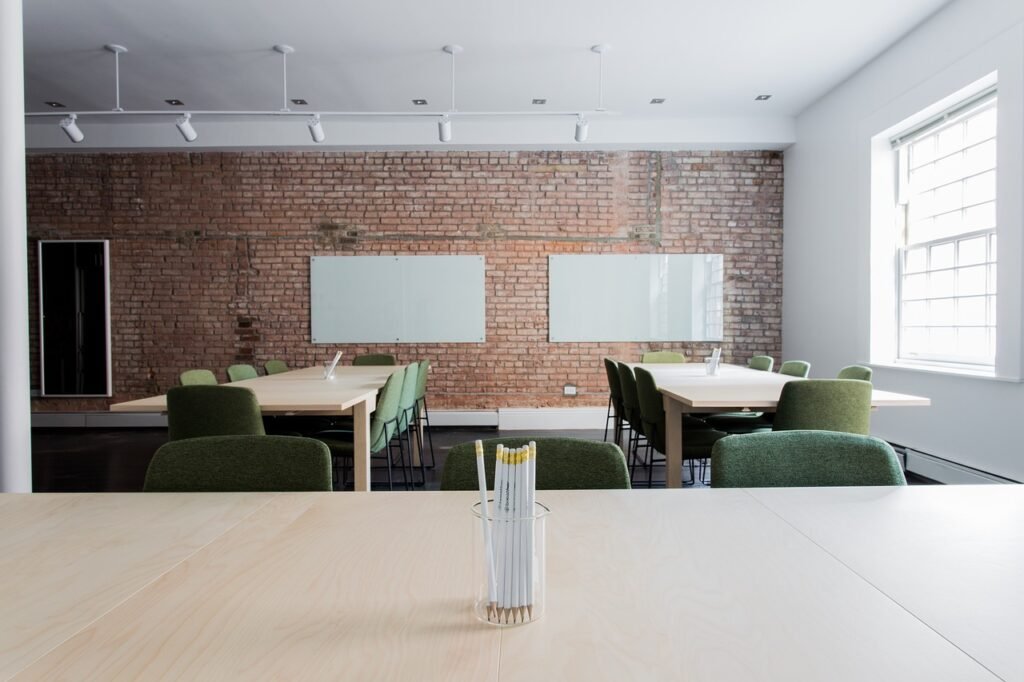
At Ramdani Arabic Academy, we use a balanced mix. Our online platform combines structured lessons, quizzes, and live sessions. Students get the benefit of both personal interaction and digital flexibility. The goal is simple: to help learners build real communication skills in Arabic.
Arabic learning is not about memorizing words or repeating rules. It is about using the language to express real thoughts and understand others. The tools you choose define how fast and how well you can do that.
Good tools make learning structured. Great tools make it practical. The best learning happens when both are combined. A whiteboard gives structure. A conversation app gives practice. Together, they create progress.
Teachers should start with clear goals. Ask what students need to improve. Vocabulary? Grammar? Listening? Then select tools that fit those goals. A student struggling with pronunciation benefits more from audio exercises than written drills. One who forgets new words needs spaced repetition tools or flashcards.
Students also need to take responsibility for their learning. The best classroom tools will not help if students do not use them consistently. Ten minutes daily with an Arabic app or online quiz builds long-term memory better than a long session once a week.
Every tool should have a purpose. Avoid collecting too many. Focus on a few and master them. Tools are not the goal. They are the bridge to learning.
At Ramdani Arabic Academy, our method follows this logic. We use modern tools, but we focus on learning outcomes. Our lessons mix traditional writing, structured reading, and interactive practice. Each student learns through experience. We design every course to help learners think and communicate naturally in Arabic.
We provide articles, exercises, and live classes for learners at different levels. Beginners learn the basics of letters and pronunciation. Intermediate learners build grammar and vocabulary. Advanced students practice reading and conversation through current Arabic texts and cultural topics.
Our academy connects students from all parts of the world. They share one goal—to master Arabic and use it in daily life, work, or study. Through the right tools and guidance, they move from memorizing to understanding and from understanding to fluency.
Advice for learners
- Write Arabic every day. Even a few sentences help.
- Listen to native speakers. Try to repeat their rhythm and tone.
- Use digital tools, but balance them with reading and writing by hand.
- Ask questions. Join discussions in Arabic.
- Practice regularly, not randomly.
Arabic learning needs patience and method. The tools are here to support you. Use them with purpose, and your progress will be clear.
This article was written by Ramdani Mohamed, founder of Ramdani Arabic Academy. The academy offers online lessons, articles, and courses for anyone who wants to learn Arabic effectively. Each lesson is designed to help learners reach real understanding, not just theory.
Your learning path depends on how you use your time and tools. Choose them wisely. Stay consistent. The Arabic language opens doors to knowledge, culture, and new communication. Use the right tools to reach them.
